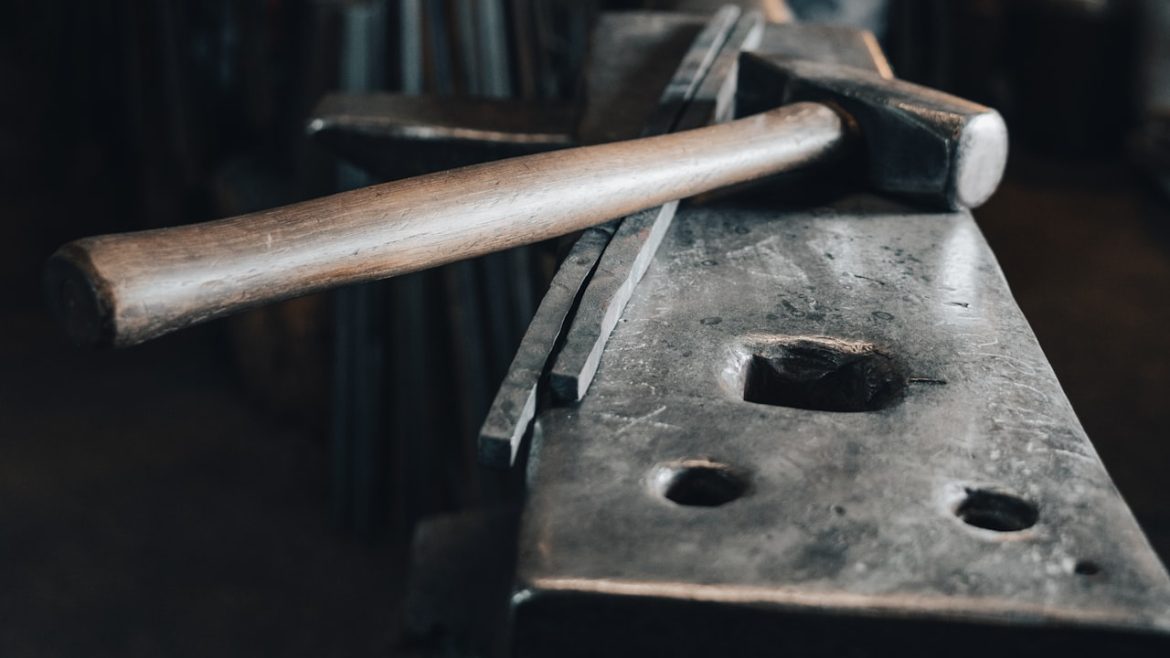Forging is a manufacturing technique used to transform metal pieces into various shapes and forms. There are three primary forms of forging; precision, hot, and cold forging. These techniques are differentiated by the temperatures at which they are conducted. Regardless, their applications are mostly similar. The forging technique is highly applied in the automobile industry. Several manufacturers prefer using this technique to forge car parts. This post looks into reasons why forging for car parts is as popular.
Why is forging an ideal technique for making car parts?
As mentioned earlier, forging is one of the main techniques used for making various car parts, including car engine components. Below are a few of the main reasons why this technique is commonly used for these purposes;
1. Exceptional strength
One of the primary reasons forging is used in the automobile industry to make cars and engine parts is that it produces exceptionally strong products. The strength of the products can be attributed to the fact that forging allows the metals to retain their grain structure during the production process. Forging also allows metals to retain their controlled alignment.
These elements ensure that the strength and other qualities of the metals are not eliminated or affected by the manufacturing technique. Additionally, forging is not susceptible to material contamination. This is because the metals are not melted during the process. More often than not, when metals are melted and solidified, they get contaminated and lose their strength and other good qualities in the process.
2. Fast production rate
Another reason why forging is used to make car parts is because of its high production rate. The process is relatively fast and straightforward. However, it is worth noting that setting up the forging equipment may take some time. Regardless, the setup process is still faster than most production processes. In the automobile industry, forging is used to manufacture several parts in the shortest amount of time. This allows manufacturers to meet their deadlines. Note that the speed of the process does not affect the quality of the outcome.
3. Cost-efficiency
One of the leading benefits of forging is that it is highly cost-effective. The cost-effective nature of forging is also a reason why it is highly applied in the automobile industry. The automobile sector spends a lot of money acquiring high-quality raw materials, labor, and designing the best products on the market. Therefore, the chance to reduce costs by using the forging technique is highly welcomed in the sector. The money saved can be used for other significant tasks. Note that the cost-effectiveness of the technique can be attributed to the speed and the production conditions.
Conclusion
Besides the automobile industry, forging is also widely applied for manufacturing parts of a ship, agriculture machinery parts, electric components, and plumbing parts, like fittings and pipes. The technique is also used to make a hand, hardware, industrial tools, defense equipment, and home furnishings. However, the applications may differ depending on the type of forging technique applied. In the automobile industry, precision forging is the most common forging technique used.

